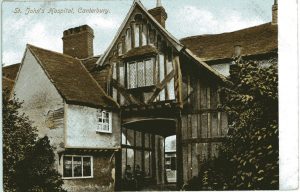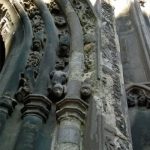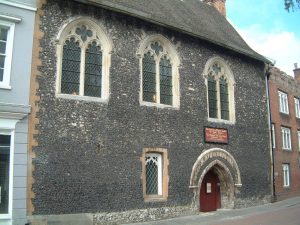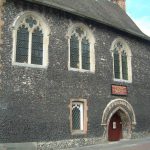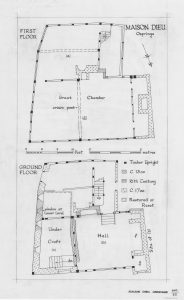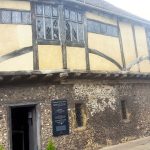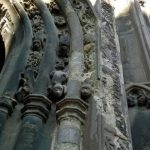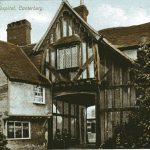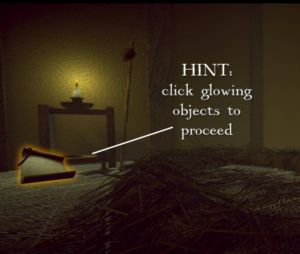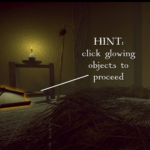Maison Dieu was a hospital and monastery commissioned by Henry III in 1234. One of the stops for pilgrims on the way to Canterbury, the poet Geoffrey Chaucer and royalty would have stayed there. Today, only a single building from a much larger complex now remains. This became England’s earliest village museum in 1925 and today houses history of the local area including material from Roman archaeological excavations.
Exploring the history of Maison Dieu will allow us to discover some of the earliest narratives in our history – including what we can learn about disabled people’s lives from medieval human remains and books and records held elsewhere in the area.
Maison Dieu in digital
We have also created an interactive digital experience, which imagines an episode in the life of a named woman who we know lived at Maison Dieu in the early 13th century. The traces of her life are among the earliest we have found for an individual in the story of deaf and disabled people. Play here.
Then scroll either down or across on this page to follow the timeline of Maison Dieu.










